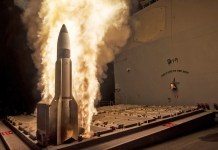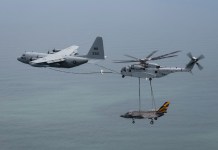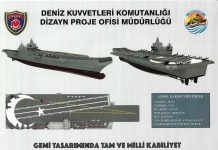The US Marine Corps (USMC) reactivated a new military base on the strategic island of Guam in a ceremony on January 26 to establish a forward presence in the Indo-Pacific.
Boeing Unveils ‘Revolutionary’ Stealthy Tactical Cargo Aircraft Concept That Looks To Replace C-130 Hercules
According to the USMC, this is the first newly constructed base for the service in 70 years.
The new base is called ‘Camp Blaz,’ named in honor of Brigadier General Vicente Tomas “Ben” Garrido Blaz, the first Marine from the indigenous population of the Mariana Islands, politically divided between the United States territory of Guam and the encompassing Commonwealth of the Northern Mariana Islands in Micronesia.
The island of Guam was chosen as the location for the new Marine Corps Base (MCB) during the 2012 Bilateral Agreement between the U.S. and Japanese governments under the Obama administration’s Defense Policy Review Initiative (DPRI), which set the framework for the relocation of US Marines from Okinawa to Guam.
“Today is an important day that marks the future of the Marines on Guam, and it is also a day to reflect on the century-long history of the Marine Corps in this beautiful place we call home,” said Col. Christopher Bopp, Commanding Officer of the MCB Camp Blaz, in a USMC press release.
“On this island, Marines and their Chamoru brethren have lived in peace and fought in the war together, and we are proud to carry on this legacy of honor and courage.”
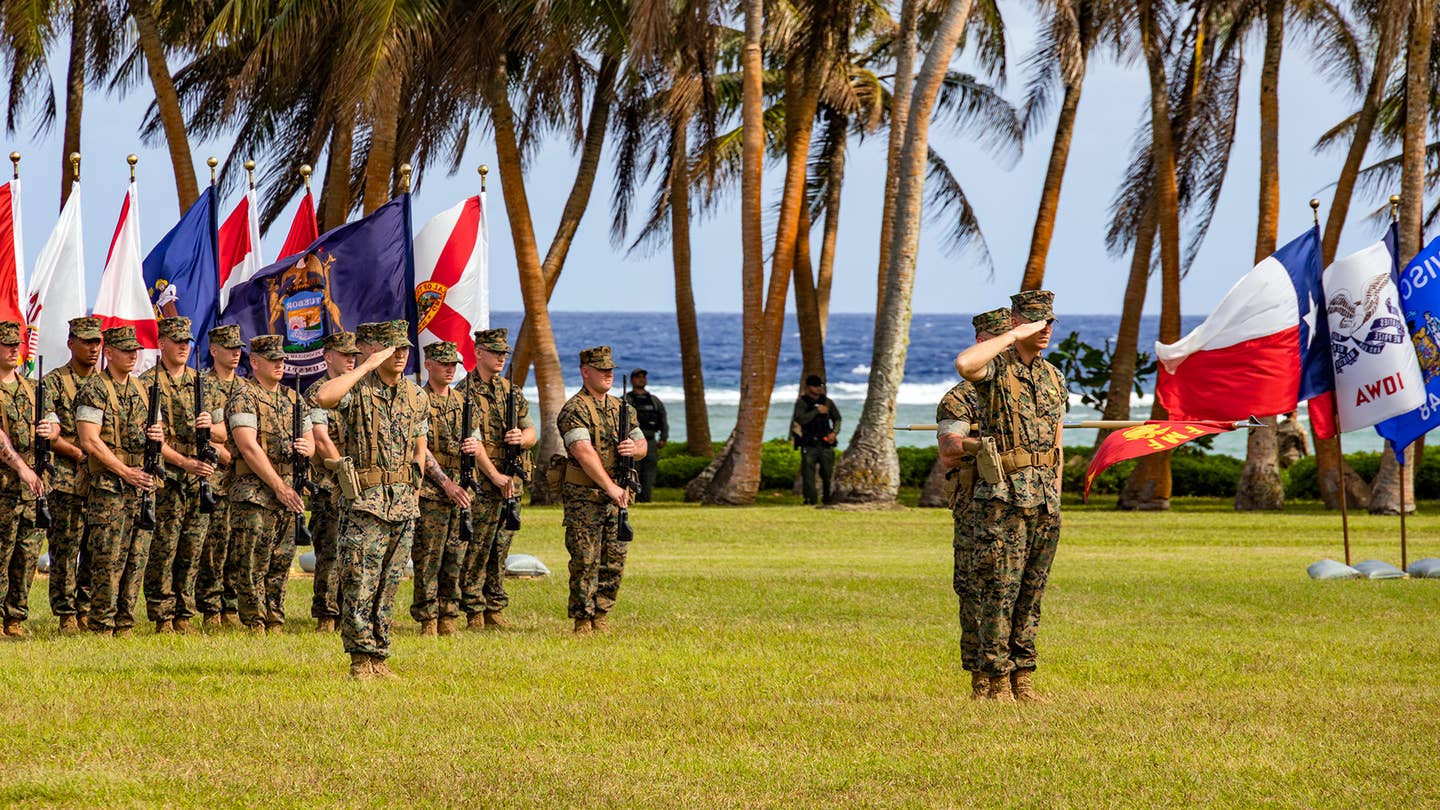
Camp Blaz will roughly cover an area of 4,000 acres and will cost an estimated $8.6 billion to construct. In the year 2020 alone, the U.S. Defense Department (DoD) awarded contracts worth half of the total cost of the camp, and since then, 16 projects have reportedly been completed, which include multiple barracks, four of five firing ranges, one of two aircraft hangars, and associated infrastructure.
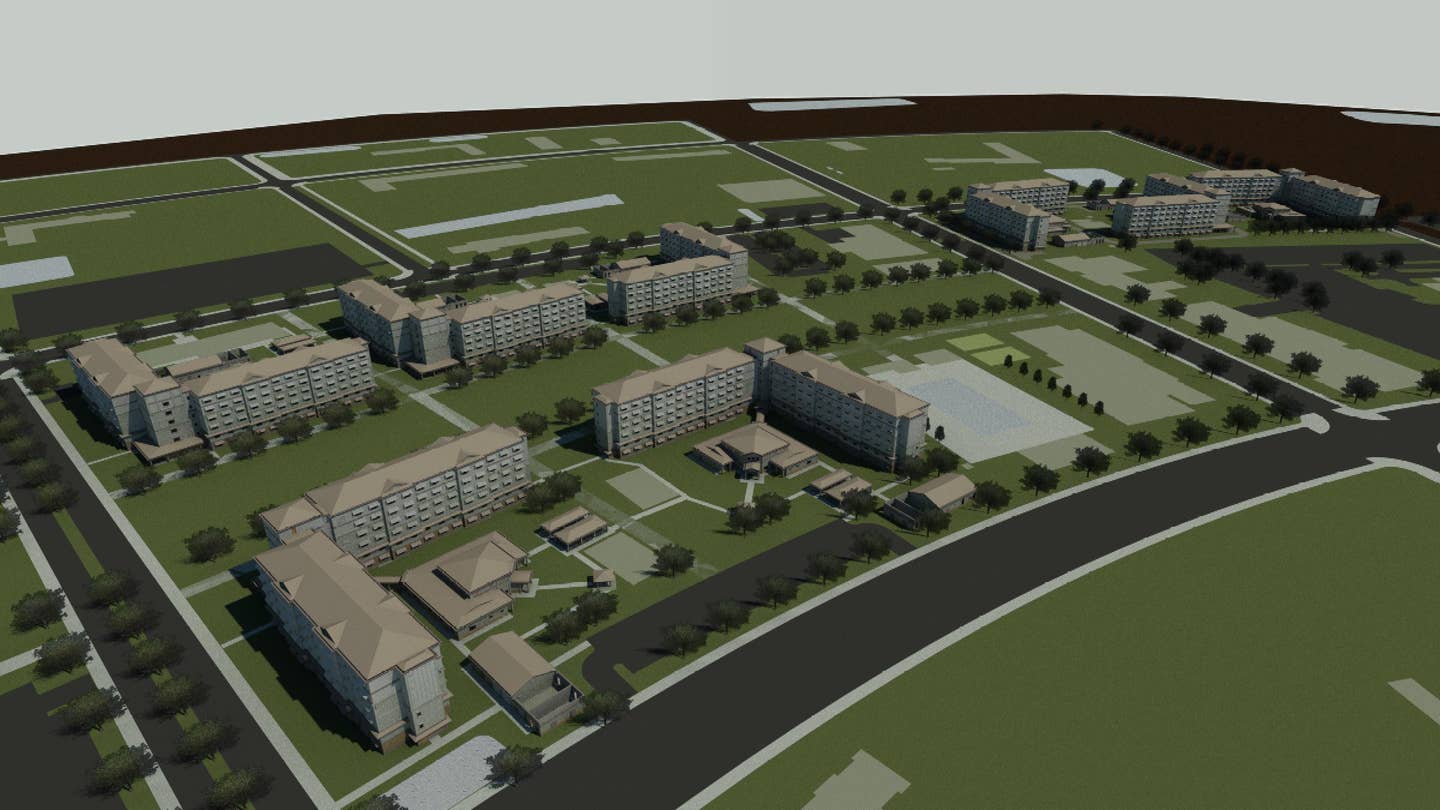
Further projects will include a physical training complex and an urban combat training facility.
A total of 5,000 Marines are expected to arrive at Camp Blaz sometime in the next several years, according to Stars and Strips, which will include about 1,300 members of the III Marine Expeditionary Force (MEF) and an additional 3,700 Marines that will be deployed to the Camp Blaz on a rotational basis.
The III MEF is a forward-deployed formation of the Marine Air-Ground Task Force comprising several subordinate units, which is currently headquartered at MCB Courtney in Okinawa, Japan.
Camp Blaz Will Be US Marine Corp’s Forward Base To Counter China
Camp Blaz’s reactivation represents the island’s growing strategic importance in the Pentagon’s strategy to meet the challenge from China in the Indo-Pacific region.
The DPRI predates the now all-inclusive Force Design 2030 plan that the USMC is currently implementing, which shares similar objectives that aim to shift the focus of the Marine Corps from its previously prioritized mission of counter-insurgency operations to a posture more suited for a conflict with near-peer adversaries like China and Russia.
The Force Design initiative is based on two operational concepts: Littoral Operations in a Contested Environment and Expeditionary Advanced Base Operations (EABO).

Littoral Operations in a Contested Environment is a concept that enables the integrated application of U.S. Navy and Marine Corps capabilities in contested areas, where the adversary operates closer to home, in a sensor-rich environment with abundant long-range fires to counter U.S. naval power.
While Expeditionary Advanced Base Operations (EABO) involves small teams of Marines with limited support quickly establishing bases of operations in forward areas, particularly on remote, temporary locations ashore or inshore within a contested or potentially contested maritime area. These teams should be able to rapidly reposition themselves as per the requirement.
The purpose of the EABO concept is to use these flexible, responsive ground forces for intelligence gathering and to restrict the movement of enemy forces in strategically important areas.
Camp Blaz will enable the deployment of Marines in an additional forward position in the Western Pacific, and that too in a location that will be less vulnerable to attack than the one on the first island chain.
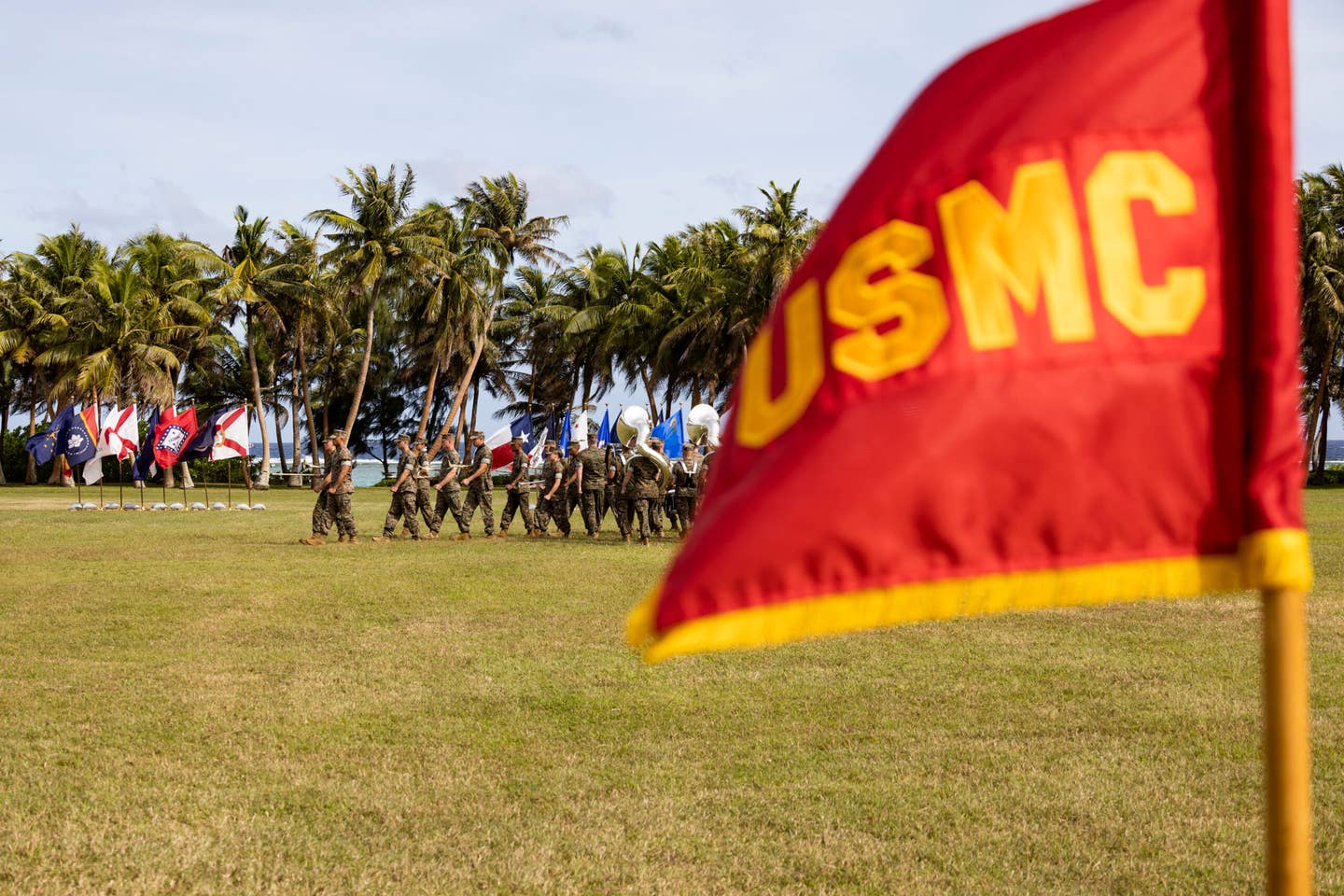
Guam is somewhat remote from various potential hotspots, which would put some distance between Marines and areas that could become hotly contested during a conflict, for example, Okinawa, which is very close to Taiwan Strait. From Guam, Marines could also stage and support forces deployed forward.
“Forward, persistent presence is key to the regional security and stability in the Indo-Pacific. Marine Corps Base Camp Blaz is a critical part of that. More than that, it shows our undivided relationship with the Government of Japan,” said the Commandant of the Marine Corps, Gen. David H. Berger, in the press release.
The USMC, in the press release, stated that the construction of Camp Blaz has been “partially funded by a large monetary contribution from the Government of Japan,” and that amount is said to be around $3 billion.
“The Japan and U.S. alliance is the cornerstone of the people, the peace and prosperity of the Indo-Pacific region, and the linchpin of Japan’s foreign policy,” said Ms. Yoshikawa Yuumi, vice-minister for foreign affairs, at the Camp Blaz activation ceremony.
- Contact the author at tanmaykadam700@gmail.com
- Follow EurAsian Times on Google News


